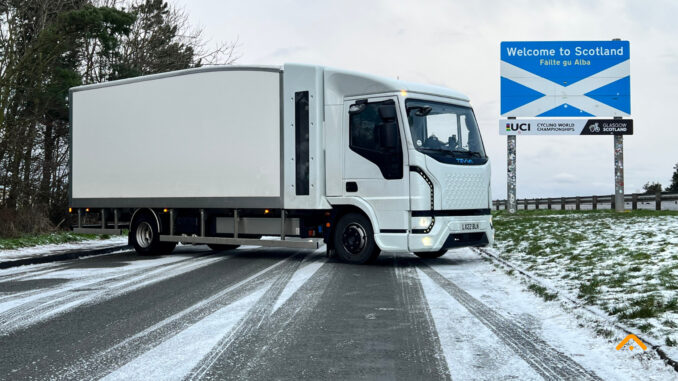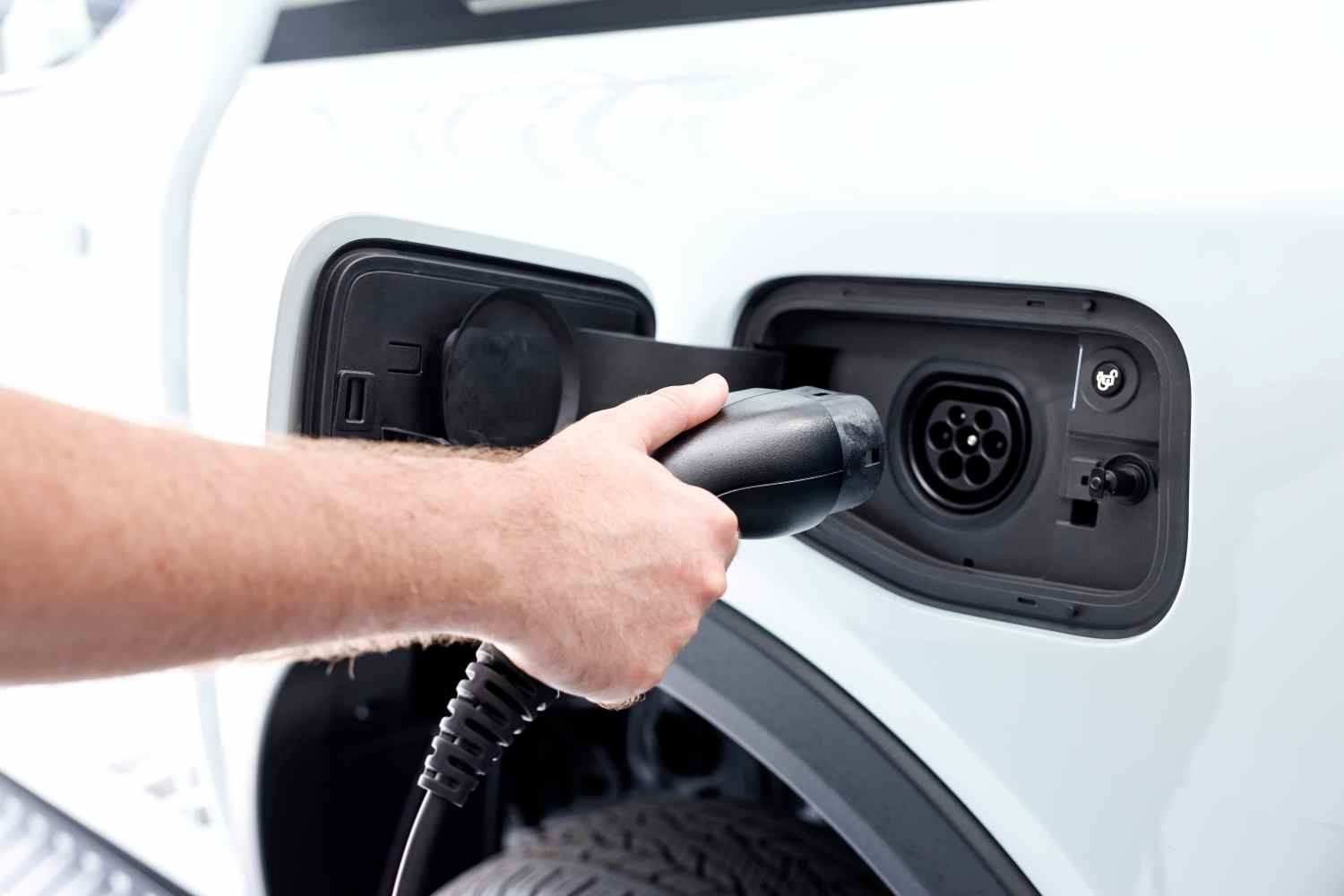
Delivery Vehicles – Adiona Tech, a Sydney based logistics software startup backed by KPMG and Telstra, has released its electric vehicle report ‘Connected Thinking’ on the staggering carbon emissions of Australian vehicles.
The report is a data-driven response to the Government’s newly released National Electric Vehicle Strategy, outlining where the country should prioritise its transport electrification efforts. The data demonstrates that electrifying 10 small delivery trucks will eliminate as many emissions as 56 households purchasing an EV. Meanwhile, big articulated trucks that make up only 1% of vehicles on Australian roads, produce 15% of all vehicle emissions. Adiona Tech believes the new national EV plan must prioritise commercial fleets and the least fuel-efficient vehicles over passenger cars. And if this is not done soon, the consequences could be dire.
Key findings from the report include: Delivery Vehicles
- An Australian articulated truck travels 6x more kilometres than a passenger car annually, uses 40x more fuel and produces 50x more CO2. They represent 1% of vehicles on the road, but 15% of emissions
- Electrifying 10 vehicles used for last mile delivery (eg. rigid trucks) is as beneficial as 56 households purchasing an electric vehicle
- Vehicles in NSW, Victoria and Queensland produce the most CO2 emissions. Northern Territory produces the least CO2 due to having the smallest distance travelled, but it is among the worst states for fuel used per km travelled, and one of the biggest adopters of diesel fuel (which produces more CO2). The ACT is the most fuel-efficient state
- The World Economic Forum estimates that delivery vehicle numbers will increase by 36% until 2030. Unless these fleets are electrified, this will increase emissions from delivery traffic significantly.
Electric vehicles
“Australia is already behind every other developed nation on electric vehicles, and while we’re playing catch up, we can’t forget the biggest emitters on the road. Freight and transport vehicles.” said Richard Savoie, Adiona Tech CEO and founder. “The National EV strategy is a start, but we need low emissions zones yesterday. We need much bigger financial incentives for businesses to switch to more expensive EVs. Current grants barely bridge the gap. They are not sufficient to change peoples’ minds and change Australia’s roads.
“The ambition to electrify every car on the road requires connected thinking and collective action. We cannot transform the national fleet of 20 million vehicles overnight, so we need to make decisions that make the biggest difference, for the lowest effort first. Frankly, the data shows that consumer adoption of EVs should not be Australia’s number one priority. Electrifying fleets is by far the most efficient way to reduce vehicle emissions. Every battery we put in a truck or van counts for 5 to 50 households buying an EV, and business often have fleets of hundreds of vehicles. Australia must prioritise the electrification of these vehicles that are on the road most, travel the longest distances, and are the least fuel-efficient.”
Read the full report here https://www.adionatech.com/resources/connected-thinking-report


Be the first to comment